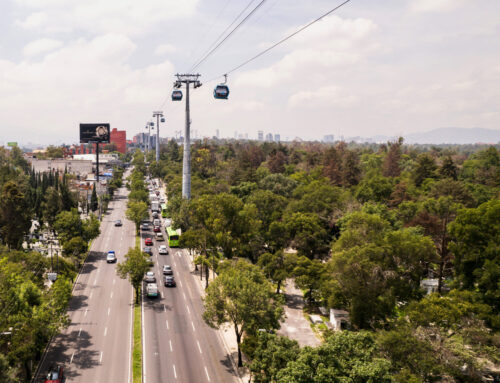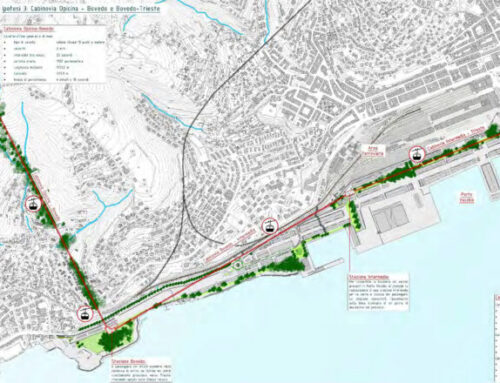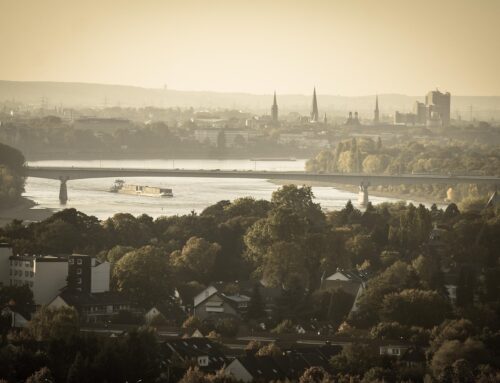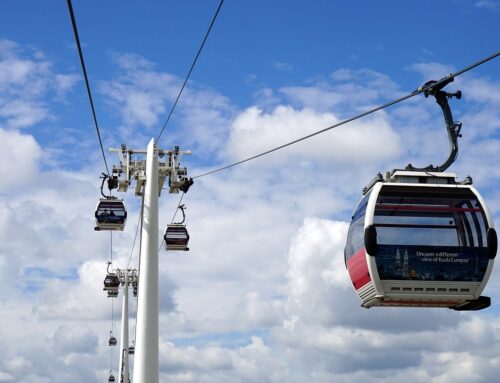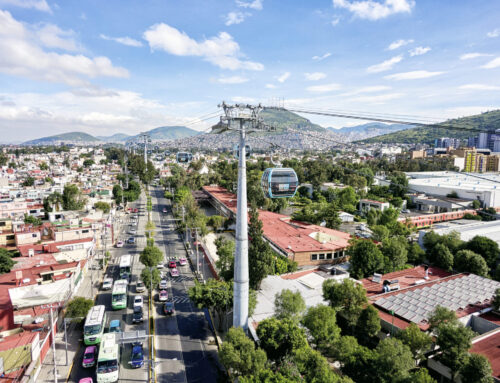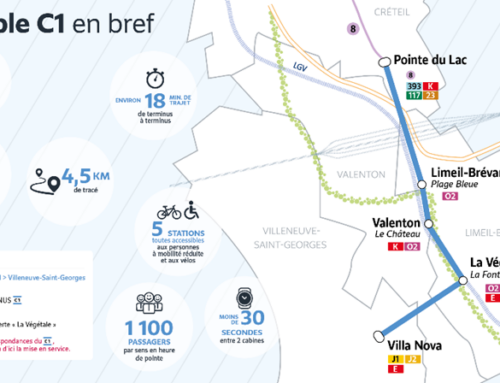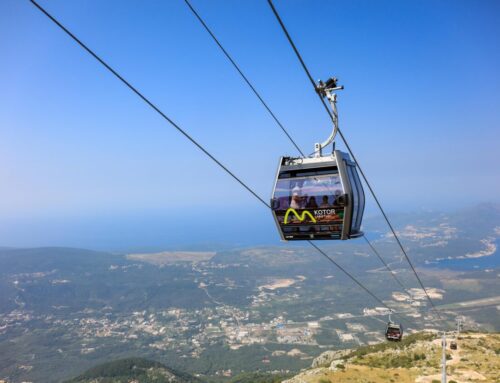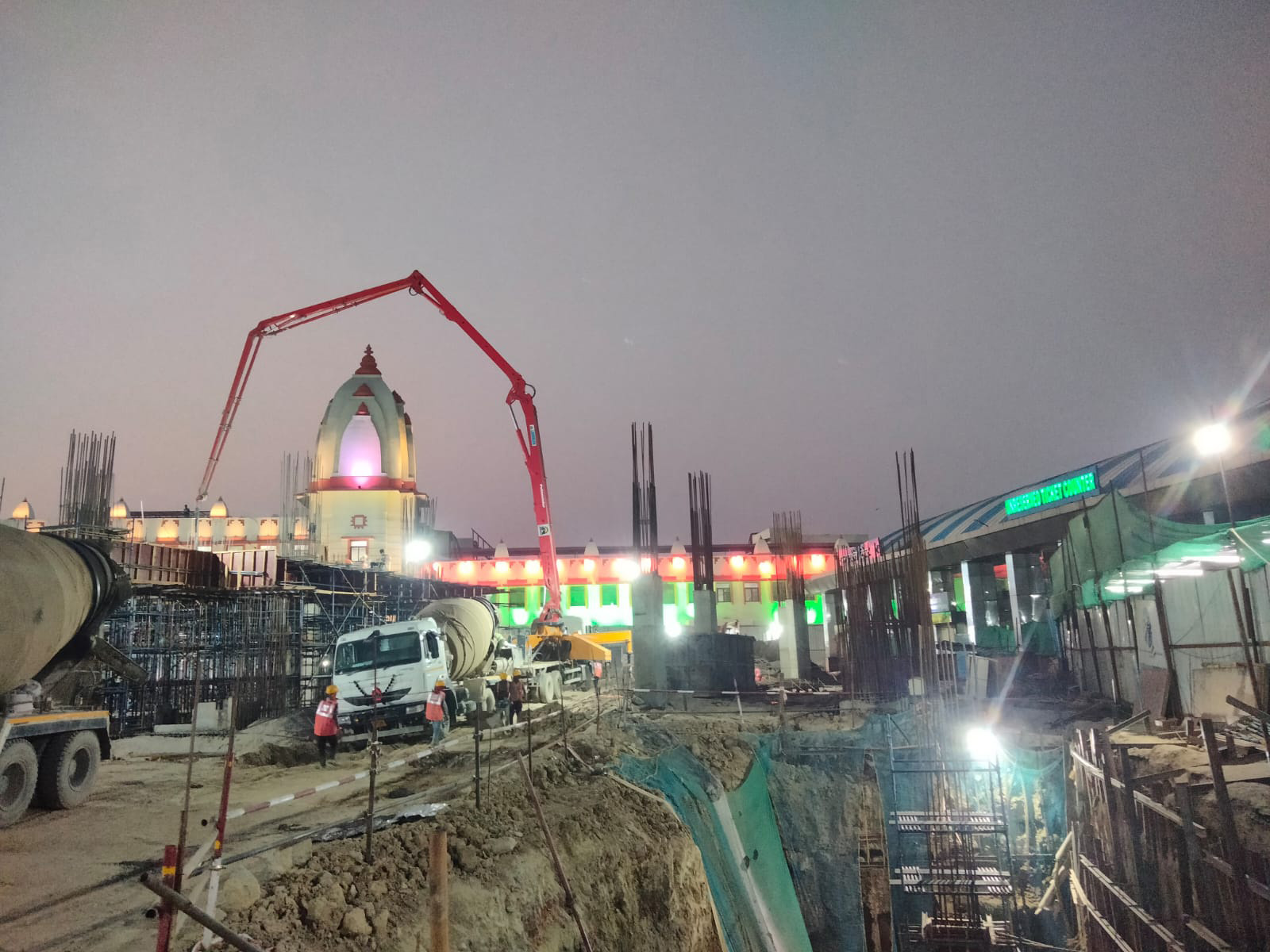
Cities, SI Urban 2/2024
Cable car planning: experiences from practice
„At the beginning, it is important to examine the sensible use of cable cars in the urban environment for the specific application,“ begins Stephan Salzmann, CEO of SALZMANN INGENIEURE.
In a feasibility study, the potentials of the cable car are first analyzed, and supporting measures are developed to make its use more attractive.
This includes efficient connection and linking of locations that are difficult or costly to reach by other means, high service frequency with shorter travel times to the destination area than by car, or relieving traffic congestion, both flowing and stationary, of motorized individual transport – in terms of land use.
“Further potentials include reduced external climate and environmental impacts and the promotion of overall public transportation use,“ says Phillipp Hillebrand, head of traffic planning at the BERNARD Group.
Two premises always apply: On the one hand, the cable car must be integrated into the local public transportation system to ensure spatial consolidation of transport offerings. On the other hand, the cable car should be accepted by politics and the public.
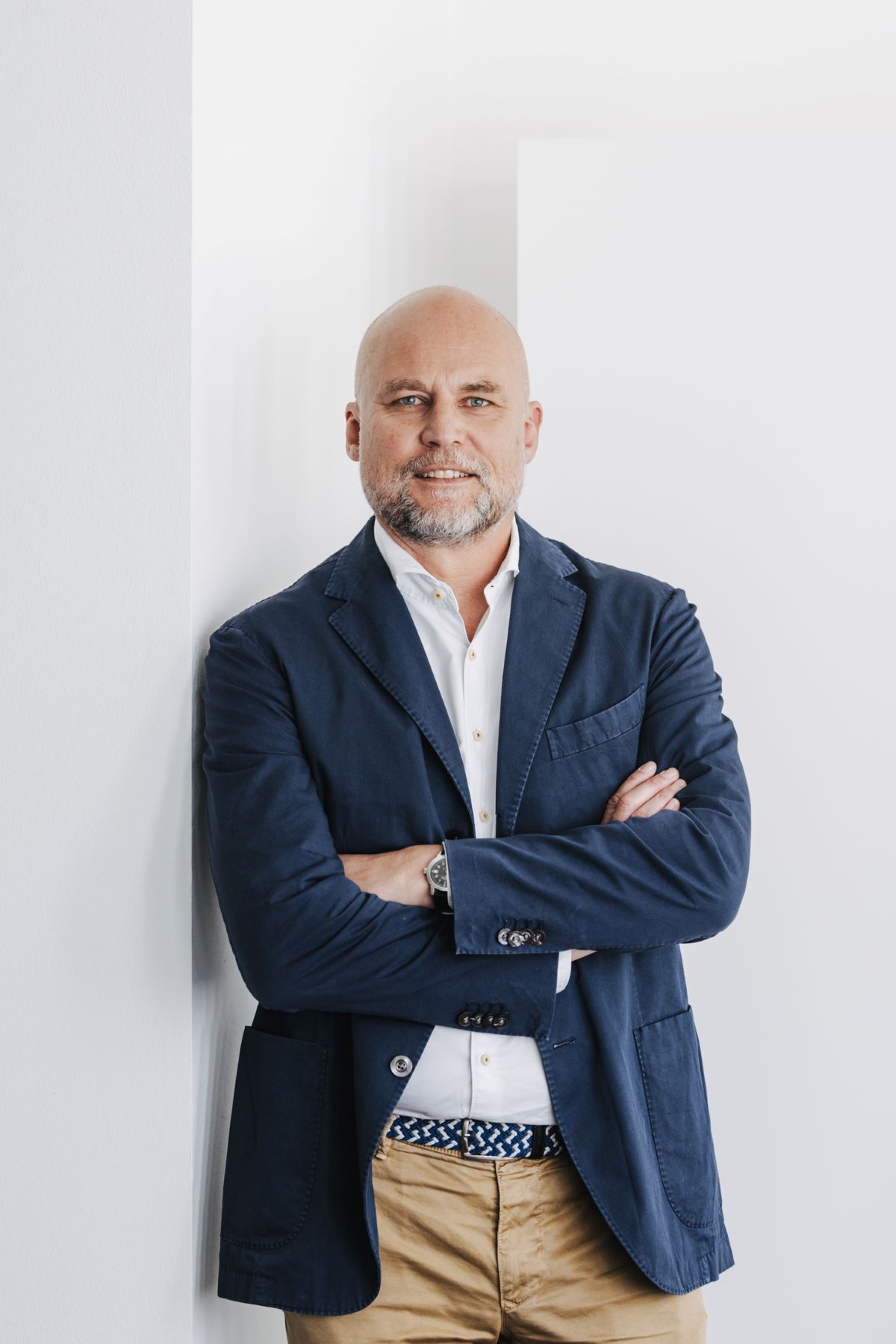
Stephan Salzmann
Dipl.Ing. Stephan Salzmann completed his technical education as a mechanical engineer at the HTL Bregenz before pursuing a degree in Mechanical Engineering – Transportation Engineering at the TU Wien. Since 1995, Stephan Salzmann has been the managing director of the planning company Salzmann Ingenieure, overseeing over 200 cable car projects across all project phases. In addition to his extensive experience in alpine cable car projects, concrete experience in the implementation of international urban cable car projects has been added since 2022.
Assessing user potential
Another important factor is the user potential of a cable car, i.e., the incoming and outgoing traffic flows of the city. To understand the user potential, existing traffic survey data is used as well as new data collected.
Comparing new and old traffic survey data allows conclusions to be drawn about changes in traffic volume. “Subsequently, important uses in the destination area are defined, and their accessibility by public transport is analyzed. We accompany these studies with traffic surveys on the perceived attractiveness of the transportation system,“ says Hillebrand.
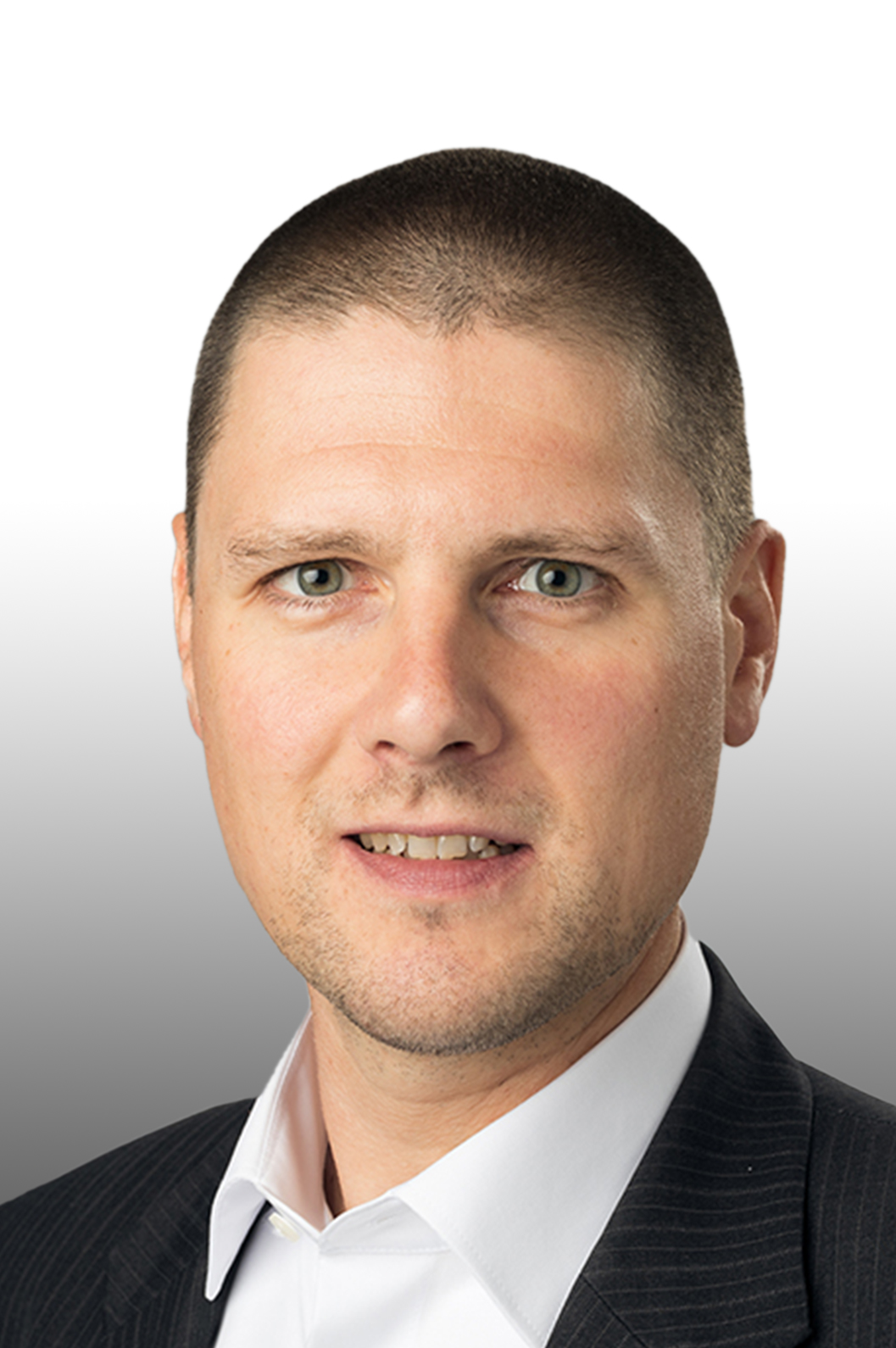
Phillip Hillebrand
Philipp Hillebrand is Head of Transport Planning at the BERNARD Gruppe. After studying spatial planning at TU Dortmund University, he worked at the Wuppertal Institute for Climate, Environment and Energy GmbH and as a research assistant at the Institute of Urban Planning and Transport (ISB) at RWTH Aachen University. He has been working at the Cologne branch of the BERNARD Group since the end of 2016. His consulting work focuses on transport planning aspects of urban land-use planning, transformation processes and innovative mobility offers and services.
Modeling traffic
This is followed by the analysis of network effects and the mutual influences of traffic systems (shifting trips from other modes of transport). “We take into account the perceived attractiveness of the transportation system,“ assures Hillebrand.
Already in this project phase, various route variants can be considered (route, number and location of stations, waiting/travel times) – always in interaction with the design planning. The traffic model also allows the analysis of user price sensitivity.
The results of the traffic model are directly incorporated into the operational concept.
Big plans in India:
The cable car Varanasi 1 is currently under construction – with five stations, a length of 3.76 kilometers, and a capacity of 3,000 persons per hour. Varanasi 2 (green line) is scheduled to be tendered later this year.
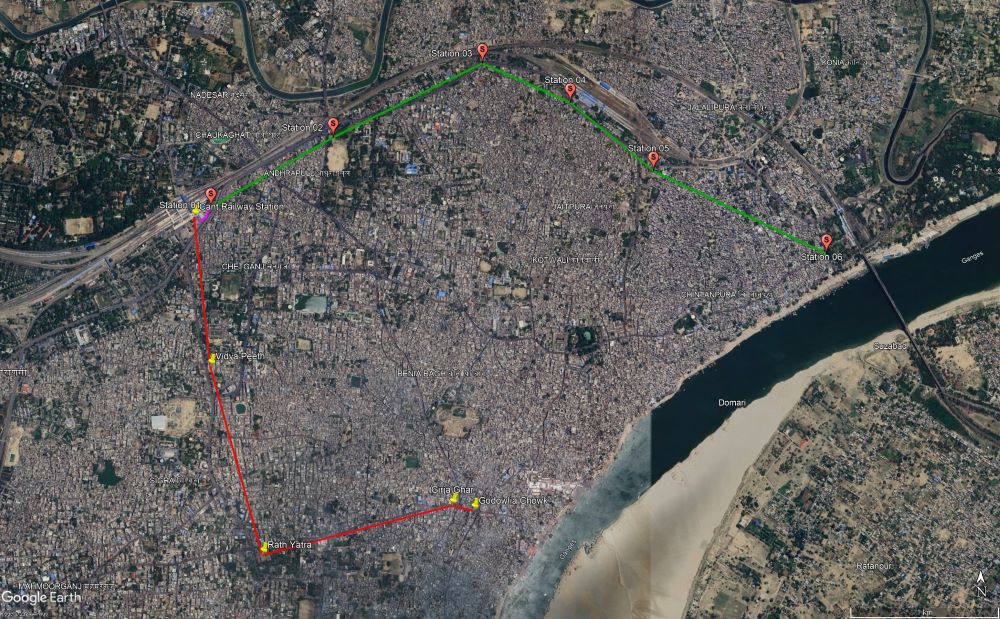
Planning the design
When it comes to design planning, the choice of system comes first. This depends on the capacity, length of the cable span, cabin size according to passenger requirements, wind load, operating hours, as well as the rescue and emission situation.
To find the ideal route, station locations are defined depending on traffic nodes and connected. “This is the first route variant,“ emphasizes cable car planner Stephan Salzmann.
Subsequently, planners look for recognizable obstacles along the route and adjust the axis in several phases by moving stations until the best route is found.
“In the process, we also create the clearance profile for accessible areas, structures, traffic routes, and energy transfers,“ says Salzmann.
Potential hazards such as fire or explosion are examined in detail to protect the cable against excessive temperatures (over 200°C). A hazard catalog considers the construction and use of crossed objects.
“Noise impact on neighboring properties, vibration from the system, and insight into buildings and properties are also analyzed,“ Salzmann continues. All phases of a cable car are examined – whether construction, operation, maintenance, or rescue.
Let's go
The cable car stations in Varanasi are currently rising into the sky.
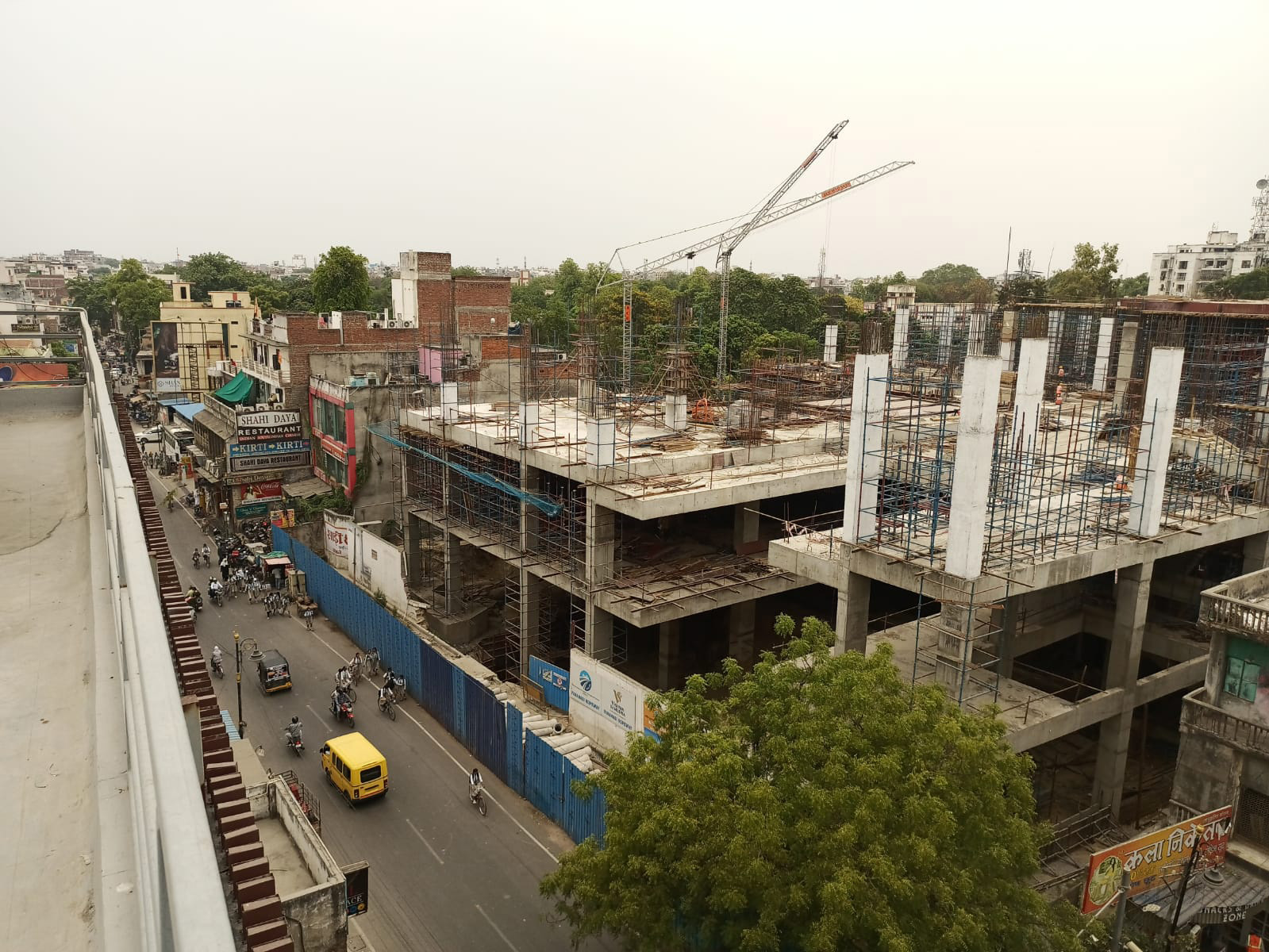
Project tendering
After approval of the cable car – which naturally varies from country to country – construction and operation are put out to tender.
Depending on the variant, trades are awarded separately (rarely in the public sector), a general contractor is tasked with building the facilities and the cable car, or additionally, the temporally limited operation is tendered (usually five to 15 years).
“Public-Private-Partnership models are interesting when the revenue can be planned reliably in advance,“ says Salzmann.
There are often two-stage commissions: The first stage includes only approval planning, the second stage then execution and possibly operation. To avoid claims, tenders must be well-founded. Ropeway axis, station and support locations, station layout, and access heights must be fixed as far as possible.
Similarly, the necessary property rights regarding building ground and span must already be secured. “Location-specific reports must also be available in advance,“ emphasizes Salzmann.
Examples include reports on wind load, snow load, geology and geotechnics, fire hazards, natural hazards (flooding, whitewater, etc.), and emission forecasts. Detailed performance specifications for cable car technology and structures are also a must.
“Last but not least, the framework conditions for construction, assembly, and operation must be defined in advance,“ concludes Salzmann.
